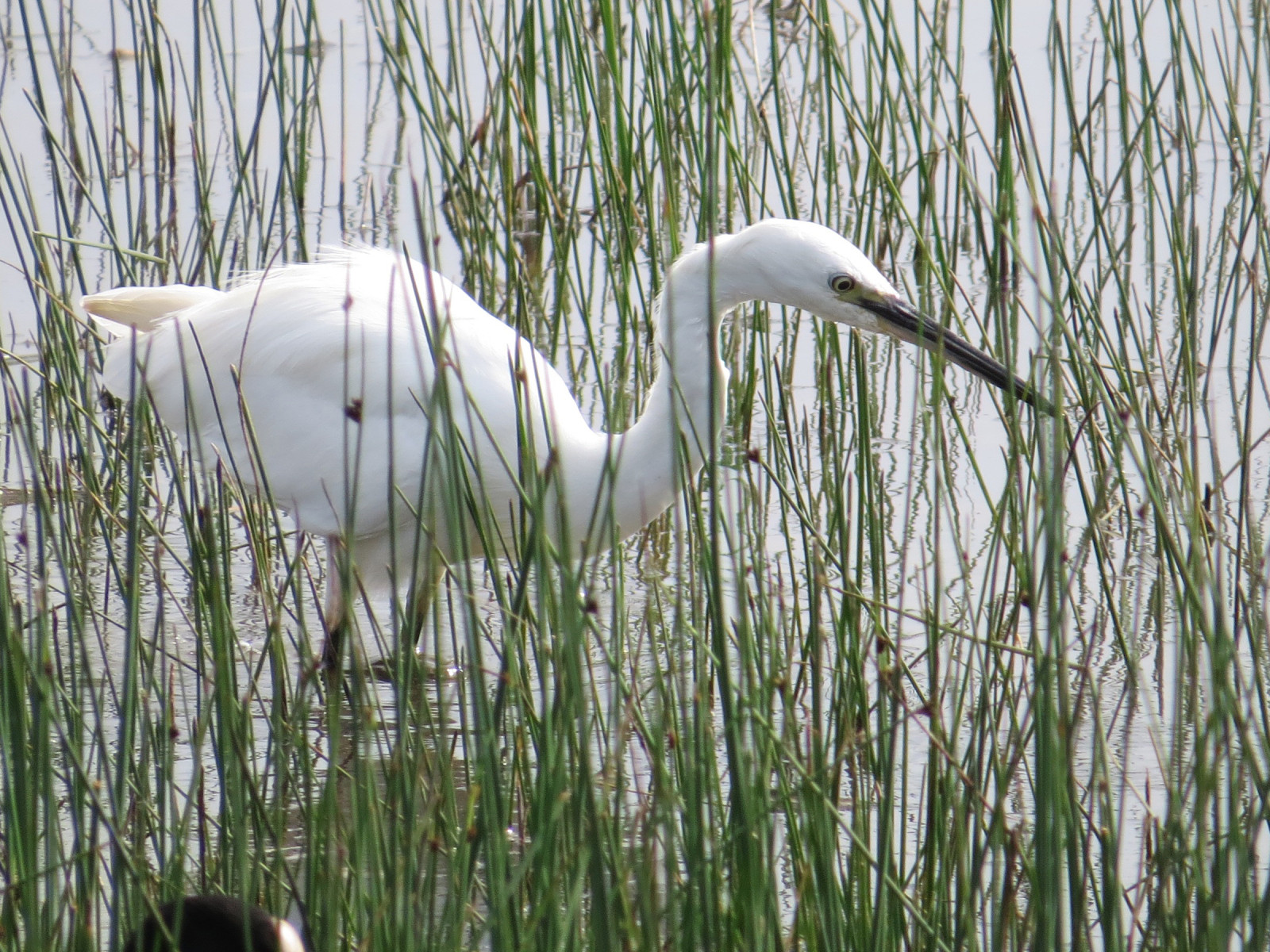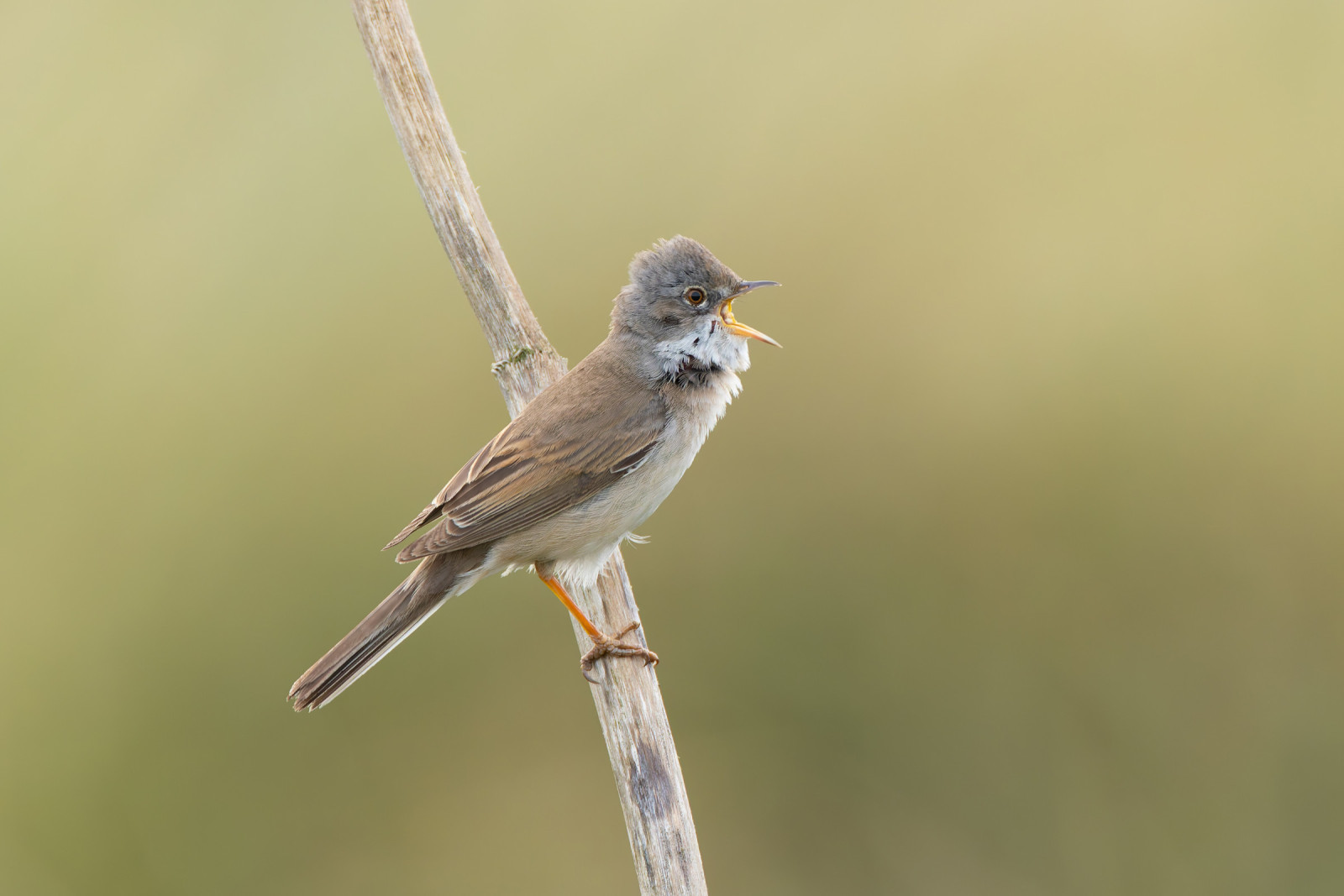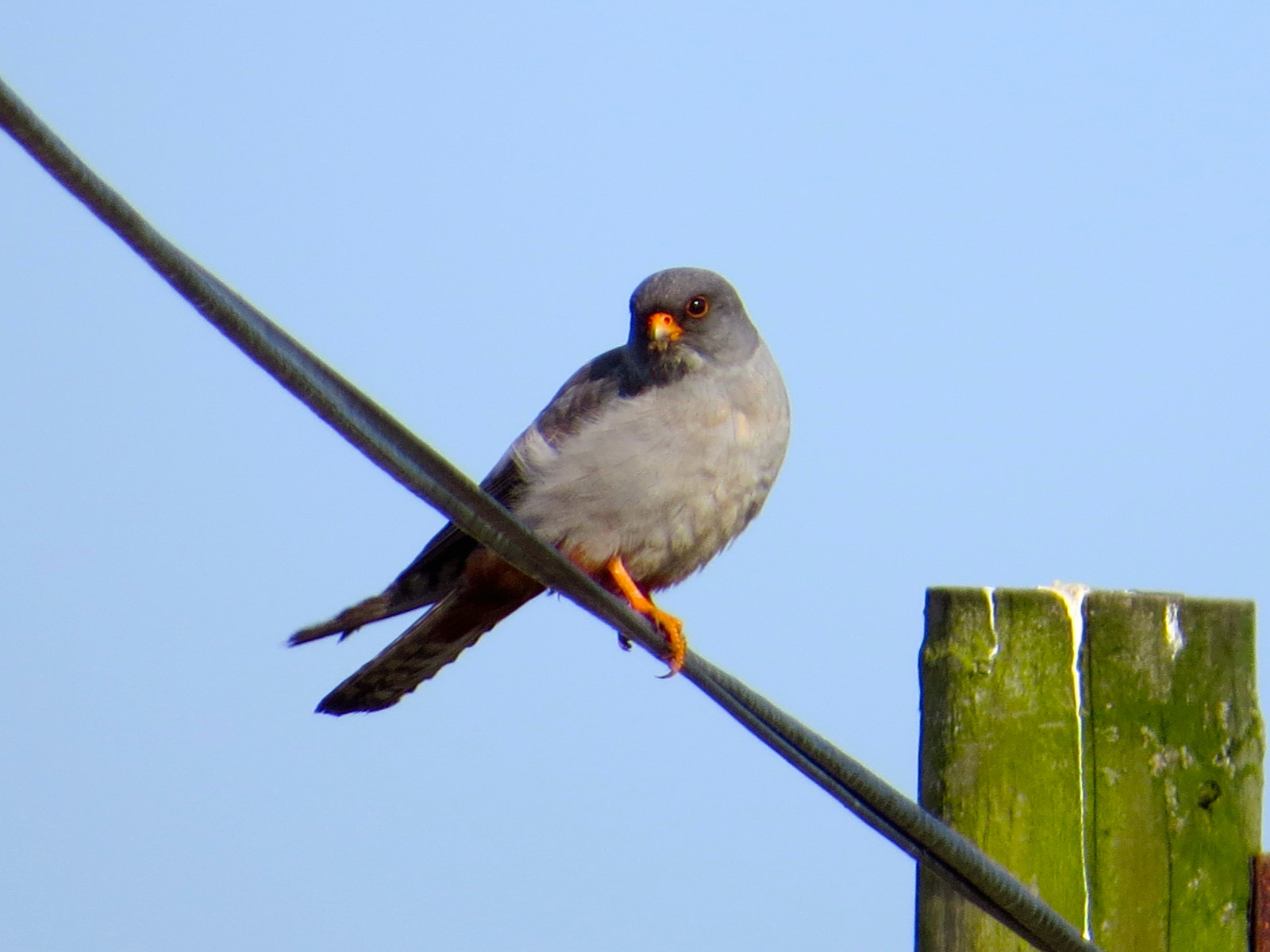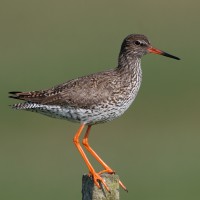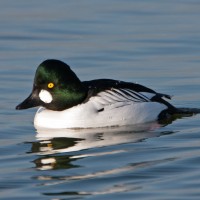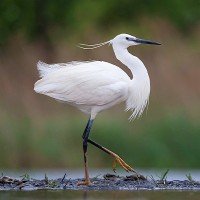Description
A former opencast coal mine, the fields are grazed in the autumn and winter to maintain the value of the habitat. A public footpath runs between the lake and fields leading to two bird hides, one facing north and one facing south, then beyond to the ruins of Chibburn Preceptory.
The deep lake to the north provides an opportunity to catch a glimpse of Otter, while wading birds feed along the shores, and Altıngöz and Bahri use the water. The two wet fields to the south support large flocks of wintering wildfowl, mostly Fiyu and Çamurcun, and in spring, Çıkrıkçın as well as Boz ördek and Kaşıkgaga; they are very good feeding sites for waders including Su çulluğu, Kızılbacak, Çamurçulluğu, Orman düdükçünü, and others; Kaşıkçı has also become regular in recent years, and scan for Dağ incirkuşu in winter. In autumn, check the bushes and shelterbelts after east winds for species like Sarıkaşlı çıvgın and Sürmeli Çalıkuşu as well as numerous Çalıkuşu and Karabaşlı iskete.
Numerous rarities have occurred, including Sürmeli kumkuşu, Deniz düdükçünü, Çeltikçi, Ala doğan, Bıyıklı Ötleğen and others, making it a popular location for bird watchers and wildlife photographers alike.
The dunes hold Çekirge Kamışçını and Taşkuşu as well as the more abundant Tarlakuşu and Çayır incirkuşu. The highest dune, roughly in the middle of the bay, gives a good vantage point for scanning the sea; here you can often see Pufla, Kara ördek, Tarakdiş, Sümsükkuþu, Kýzýlgerdanlý dalgýç, Korsanmartı, yaygın alk, deniz papağanı, and also Ak kumkuşu on the beach if there are not too many dog-walkers around. A telescope is useful for this.
Details
Access
There is roadside car parking at the adjacent National Trust Druridge Links site. Access is from a minor road running alongside Druridge Links and through a wide gap onto a level grass path. A further entrance gives access to a viewing area on another grass path, 400m south, alongside the same minor road. There are two viewing hides, one with level access and one accessed by four steps. There is also a viewing platform at the southern end of the reserve which is accessed by three broad steps.
There are access points leading to a screen overlooking the southern fields and along the public right of way through the centre of the site. The terrain is level and flat, but paths can be wet and muddy.
